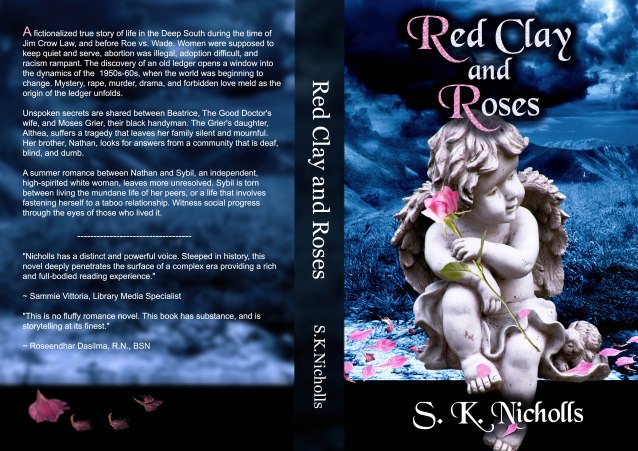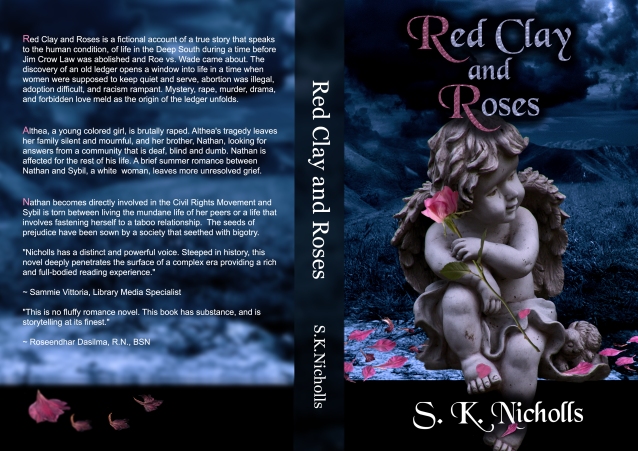I am so far behind with television recorded on my DVR that I have to fast forward through Christmas commercials. Seriously, tried to watch an episode of NCIS with my husband last night and I am like, “Who are all these new people?”
That shows how writing dedicated I am. It has been my focus since the beginning of May. I started this wip in November, put it aside to work on another project, and picked this back up in May. Working every day, sometimes sixteen to eighteen hours non-stop, I had the fish bone skeleton fleshed out on June 8th.
 That’s what I am calling the first draft. I finally let the rocket scientist, my alpha reader and crime novel aficionado, read it. I was sorely disappointed when he scored me a two out of five. First I did the proofreading edits required, and then I set about fixing a few things and breathing some more life into this animal.
That’s what I am calling the first draft. I finally let the rocket scientist, my alpha reader and crime novel aficionado, read it. I was sorely disappointed when he scored me a two out of five. First I did the proofreading edits required, and then I set about fixing a few things and breathing some more life into this animal.
He didn’t like the opening. So I rewrote it. I shared it with my writers’ group and they loved it. Doing so did raise a question in my mind though. Having two predominate plots, with both of them introduced in the first chapter leads the reader to believe they may be more connected than they are. There is character connection, but they aren’t connected by many plot elements. A few, but I’m not sure if they are enough to satisfy the reader in the end.
He’s not bothered by the POV switching for Richard and Brandi, the private investigator and his sidekick, but third  person limited narration is not what he is most familiar with. He’s likes third person omniscient best. I’m not changing that because it isn’t really possible without a complete rewrite, and there are so many times that Richard and Brandi are not together it is necessary. When they are together, I try to stick with one POV or the other to avoid head-hopping…but it does sort of result in third person omniscient. I’m not really seeing that as problematic on the revisions.
person limited narration is not what he is most familiar with. He’s likes third person omniscient best. I’m not changing that because it isn’t really possible without a complete rewrite, and there are so many times that Richard and Brandi are not together it is necessary. When they are together, I try to stick with one POV or the other to avoid head-hopping…but it does sort of result in third person omniscient. I’m not really seeing that as problematic on the revisions.
I felt I already had too many characters, but the RS felt I needed more. Richard is supposed to be somewhat of a loner, and likes to work alone. The RS said not having many friends, neighbors or associates made him less personable, hard to sidle up with. So I did what I could to work a few more into the story. I really like the result.
 The RS also said that Richard needed more of a personal life. I didn’t want volumes of backstory on Richard…and his situation is really keeping him too busy for much of a social life, but I did what I could to round him out a bit better. Maybe that needs more work. I don’t want to severely change his persona though. And I don’t want a lot of ancillary side tracking not related to plot. But I think I have managed to pull a rabbit out of the hat on this one.
The RS also said that Richard needed more of a personal life. I didn’t want volumes of backstory on Richard…and his situation is really keeping him too busy for much of a social life, but I did what I could to round him out a bit better. Maybe that needs more work. I don’t want to severely change his persona though. And I don’t want a lot of ancillary side tracking not related to plot. But I think I have managed to pull a rabbit out of the hat on this one.
I am also in the process of adding another action chapter into a spot that lulled. It is the first time that Richard and Brandi are working actively together and I think I can do this in a way that will make both of their unique personalities shine.
With what I have pumped into this second draft, the additional chapters and revisions, adding characters and giving my MC a bit more of a life, I have drastically altered several scenes.
The RS loved the last few chapters and the ending elements, so I’m not tampering with that.
I will have 30 chapters, and have already reached 64,616 words without the chapter I am in the process of  adding. After this, I have a few more chapters to tweak and fine tune and it will be ready for another pass by the rocket scientist. He’s good at proofreading and I want it up to par when I send it to beta readers. Hopefully, I’ll be ready to do that next week.
adding. After this, I have a few more chapters to tweak and fine tune and it will be ready for another pass by the rocket scientist. He’s good at proofreading and I want it up to par when I send it to beta readers. Hopefully, I’ll be ready to do that next week.
I am looking to having two read and see what else I need to adjust, and then I’ll try with two more.
I know it is about progress, not perfection, but I would like for this to be the best it can be.
Then, I can start on Book Two…it is already scratching and clawing its way through my brain and itching to come out.



